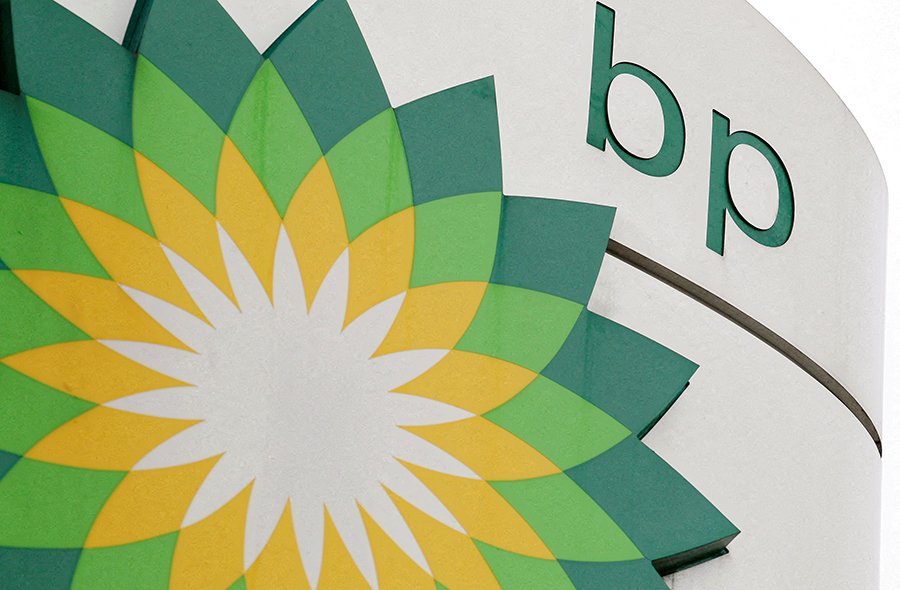читайте также
 Spain’s Real Estate: Record Prices and Falling Yields
Spain’s Real Estate: Record Prices and Falling Yields
 Fuel crisis at Seattle Airport: the Olympic Pipeline outage has disrupted supplies
Fuel crisis at Seattle Airport: the Olympic Pipeline outage has disrupted supplies
 European Hotel Construction Market Breaks Records: Upper Upscale Segment Reaches New Heights
European Hotel Construction Market Breaks Records: Upper Upscale Segment Reaches New Heights
 Middle East Hotel Construction Pipeline Hits Record High: 659 Projects and 163,816 Rooms Under Development
Middle East Hotel Construction Pipeline Hits Record High: 659 Projects and 163,816 Rooms Under Development
 New Rules for Greece’s Golden Visa: What Changes for Investors
New Rules for Greece’s Golden Visa: What Changes for Investors
 Holiday Travel 2025: Less Spending, More Generational Shifts — Deloitte’s New Forecast
Holiday Travel 2025: Less Spending, More Generational Shifts — Deloitte’s New Forecast
European Housing Market: New Investment Strategies

The European real estate market is currently experiencing a significant shift, characterized by a decline in new construction and a shortage of available properties, particularly in major urban centers. In response, institutional investors are increasingly turning their focus from traditional assets like offices and retail spaces to residential properties, seeking stable and long-term returns. A notable example of this trend is PATRIZIA SE's initiative to establish a €1 billion fund dedicated to investments in the residential sector.
PATRIZIA SE, a prominent asset management firm in European real estate, has launched the TransEuropean Living fund, aiming to raise €1 billion for investments in various residential formats. These include multifamily housing, student accommodations, and other specialized housing solutions. The fund targets an annual return of 13–15%, aligning with the performance of similar funds in the market. This strategic move underscores the growing appeal of the residential sector among institutional investors, driven by its potential for stable income streams amidst market volatility.
Addressing Structural Challenges in the Housing Sector
The heightened interest in residential investments is largely a response to structural challenges within Europe's housing market. A significant supply-demand imbalance has led to increased competition for available properties, pushing prices upward and making housing less affordable for many residents. According to Euroconstruct, new residential construction in Europe is projected to decline to 1.5 million units in 2025, marking a 5.5% decrease compared to 2024. This reduction exacerbates the existing housing shortage, particularly in urban areas where demand remains robust.
Regional Market Dynamics
United Kingdom: The UK housing market has shown resilience, with average house prices reaching £270,493 in February 2025, reflecting a 3.9% annual increase. This growth is partly attributed to buyers expediting purchases ahead of impending stamp duty changes. However, challenges persist, including affordability issues and a slowdown in new housing developments. The government has set a target of 300,000 new homes annually, but current projections indicate that only half of this goal may be achieved, highlighting the need for increased investment and policy support in the housing sector.
Germany: Germany's real estate market is experiencing moderate growth. The investment volume reached €34.3 billion in 2024, a 21% increase from the previous year. Despite this uptick, the market faces challenges such as rising construction costs and regulatory hurdles, which may temper the pace of new developments. Nonetheless, the demand for residential properties remains strong, driven by urbanization and demographic trends.
Investor Strategies and Market Outlook
In light of these dynamics, investors are adopting innovative strategies to capitalize on opportunities within the residential sector. For instance, PATRIZIA SE has partnered with Revive Fund Management to invest €75 million in converting obsolete office spaces into affordable housing units in the Benelux region. This approach not only addresses the housing shortage but also aligns with sustainable development goals by repurposing existing structures.
Looking ahead, the European housing market presents both challenges and opportunities. While supply constraints and affordability issues pose significant hurdles, the growing interest from institutional investors and innovative investment strategies are poised to drive growth and development in the sector. Collaborative efforts between public and private entities will be crucial in addressing the housing crisis and meeting the evolving needs of Europe's urban populations.





